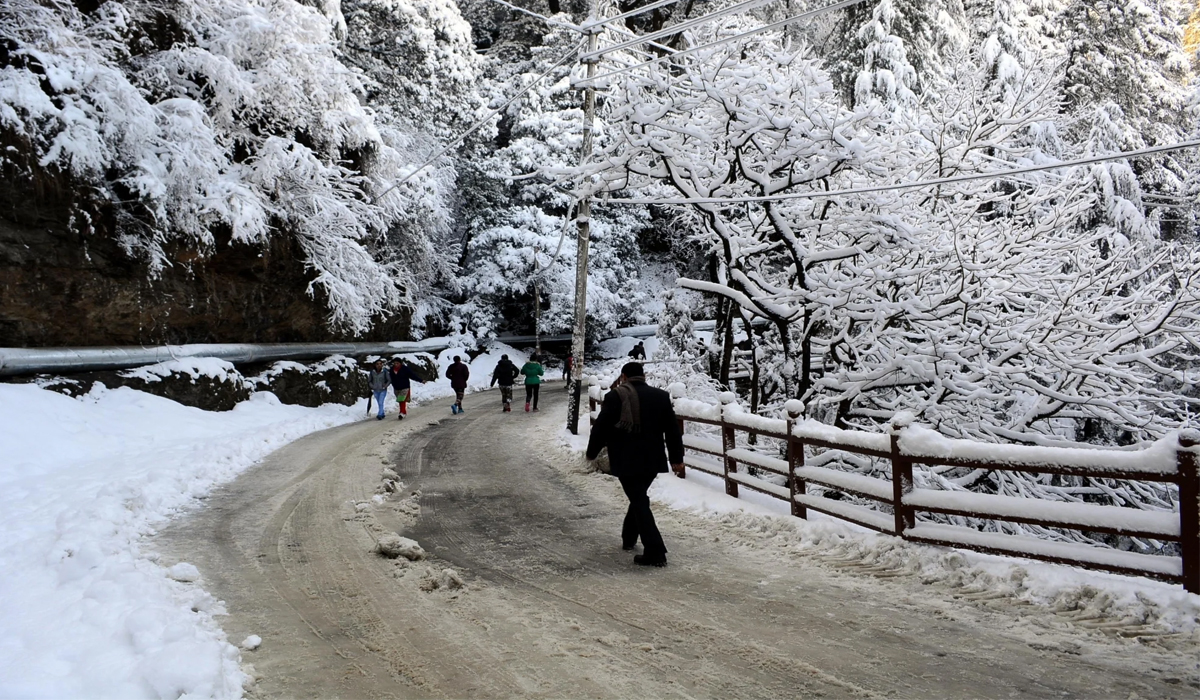
Shimla: This time in Himachal, the snow cover area has reduced by 12.72% as compared to 2022–23. In 2023–24, the Chenab basin has seen the maximum reduction of 15.39% as compared to 2022–23, while the Beas basin has seen a reduction of 7.65%, the Ravi basin has seen a reduction of 9.89%, and the Sutlej basin has seen a reduction of 12.45%.
This claim has been made in the latest survey conducted by the State Center on Climate Changes of the Himachal Department of Environmental Science and Technology (Himcost). Similarly, the trend of snowfall in the Himalayan regions of Himachal Pradesh is also changing. When the winter season is at its peak, only nominal snow has fallen on the mountains during that time. Due to this, a huge decline was recorded in the snow cover area between December and February. However, there has been more snowfall in March and April in 2023–24 as compared to 2022–23.
According to Himcost, during the winter season between December and February, when the winter season is at its peak, in 2023–24, the snow cover area of all three basins except Sutlej has declined. There has been a more frightening decline in the snow-covered area in January. In January 2024, the snow cover area decreased by 42% in the Chenab Basin, 43% in the Beas Basin, 64% in the Ravi Basin, and 67% in the Sutlej Basin.
This survey has been conducted by the State Center on Climate Changes in Himachal Pradesh on all four river basins: Chenab, Ravi, Sutlej, and Beas. This survey has been done through satellite images. The reduction in snow cover area is not a good sign for Himachal Pradesh, including Punjab, Haryana, Delhi, and Rajasthan.
A decade ago, there used to be good snowfall in the state between December and February. But for the last few years, snowfall has been happening in March and April. Snowfall between December and February lasts for a long time, while snowfall in March and April melts quickly. Therefore, snowfall during the peak winter season is necessary to recharge glaciers and water sources.
The report said that in the last few years, the snow cover area has decreased due to the rise in the temperature of the Himalayas. Due to this, glaciers are also melting rapidly. This happened for the first time in Shimla, when there was no snow. Therefore, the report advises moving towards e-vehicles and renewable energy.
